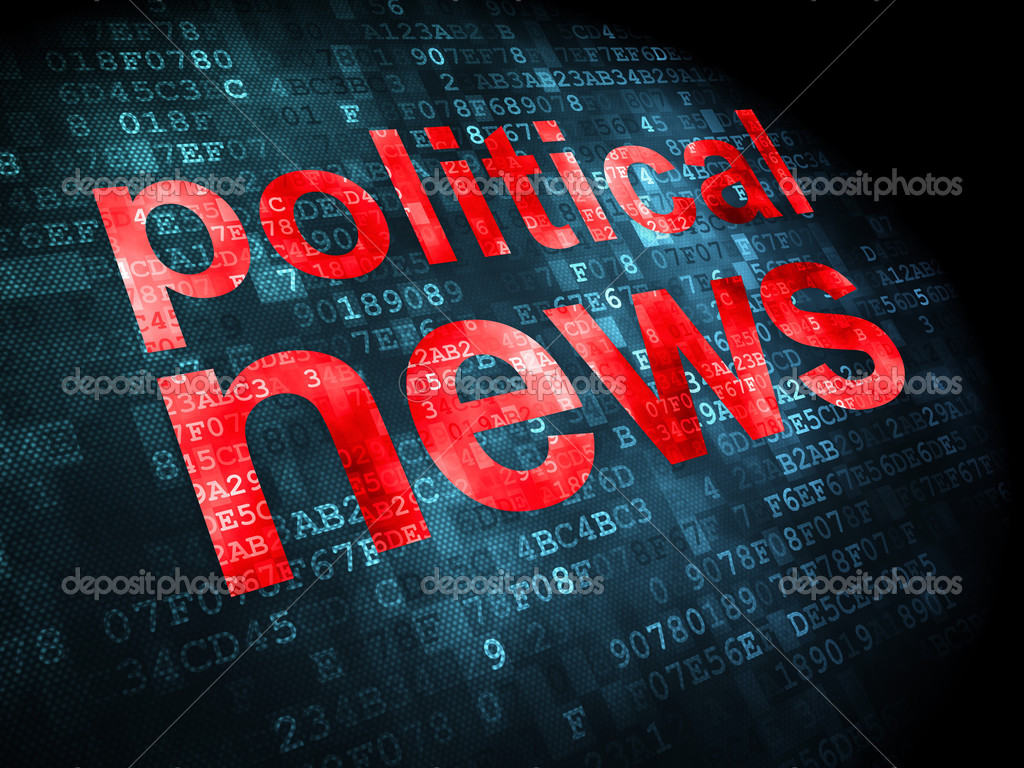In the last few years, the field of political reporting has seen a remarkable change, shaped substantially by the rapid evolution of technology. As we approach the 2025 elections, the intersection of politics and technology has become increasingly important. political podcast of analysts are watching as the rise of independent candidates signals a potential shift in the political paradigm. This juncture offers an opportunity for a new era where traditional party loyalties may be tested, raising concerns about how voters engage and are represented.
Furthermore, the complexities of modern governance pose new obstacles and advantages. The tech lobby is gaining influence, introducing discussions regarding transparency and access in the crafting of policies. From concerns about election interference to the return of protests as a method of political expression, the relationship between technology and politics remains fluid. As we navigate this landscape, it is important to comprehend the effects of these shifts and the capacity for unity and turmoil in our political framework.
The Ascent of Independents

The political landscape in the United States is undergoing a significant change, with an rising amount of voters considering themselves independents rather than linking exclusively with traditional parties. This shift suggests a growing discontent with the duopoly, as individuals seek alternatives that correspond more closely with their principles and principles. The rise of independents reflects a longing for new perspectives and the need for candidates who can overcome partisan divides.
In the lead-up to the 2025 elections, independent candidates are arising with robust platforms that advocate for both liberal and right-leaning ideas. This allows them to appeal to a wide spectrum of voters who are longing for solutions rather than political rhetoric. The independents' narrative of practicality and collaboration may connect particularly effectively with younger voters, who are increasingly eager to engage in the political process and require accountability from their representatives.
As independents increase their presence, the traditional parties may need to reconsider their tactics to attract this important demographic. This could bring about a more vibrant political environment where candidates are compelled to connect with the issues of independent voters, likely resulting in a more inclusive government. The outcomes of this change could redefine the very character of U.S. politics in the future.
Twenty Twenty-Five Ballot Perspectives
As we approach the 2025 ballot, a notable change is occurring in the electoral landscape, with the rise of third-party candidates gaining significant attention. This new political era is characterized by voters seeking alternatives to traditional party lines, challenging the status quo in the capital. The non-affiliated candidates could redefine typical voting patterns, drawing support from disgruntled constituents of both primary parties who are looking for new perspectives and solutions to urgent issues.
The youth vote is anticipated to play a critical role in the upcoming vote. With the youth increasingly active in social movements, their engagement could be a game changer in Twenty Twenty-Five. This demographic’s priorities, such as climate change, social justice, and financial justice, are driving the political conversation and urging candidates to adapt their policies to connect with these voters. Mobilizing the youth could shift the outcome in swing states, making them instrumental in determining the vote outcome.
As the countdown begins to election day, the dynamics of election tactics, media impact, and tech will be paramount. Campaigns are heavily leveraging social media for contact and financial support, while worries about voter manipulation come back. Candidates are not only discussing policies but also tackling misinformation and navigating the complexities of public opinion shaped by social media. The efficacy of these strategies will be key in captivating voters and ensuring a victorious campaign leading into 2025.
Developing Governmental Trends
As we head towards the important forthcoming elections, a major trend is the increase of nonpartisan contenders and political groups, suggesting a possible shift in the political landscape. Extra resources show dissatisfaction with traditional political affiliations, looking for alternatives that more reflect their principles and issues. This trend could reshape not just the electoral landscape but also the legislative procedure, as independents may possess the balance of power in a closely contested environment.
Another key area to monitor is the growing impact of youth voters, who are becoming a defining power in voting outcomes. Motivated by concerns such as environmental issues, social justice, and financial inequality, younger voters are transitioning beyond indifference toward active participation in political discourse and mobilization. Their choices could result to a realignment of priorities among politicians, encouraging a more forward-thinking agenda that speaks with this group.
Finally, the dynamics within Congress are changing, with unexpected coalitions forming among lawmakers. As partisan polarization continues, these "unexpected partners" may emerge out of necessity to push through major laws. This trend could signal a shift toward practical governance, where collaboration takes precedence over political allegiance, impacting everything from financial discussions to international relations efforts.
